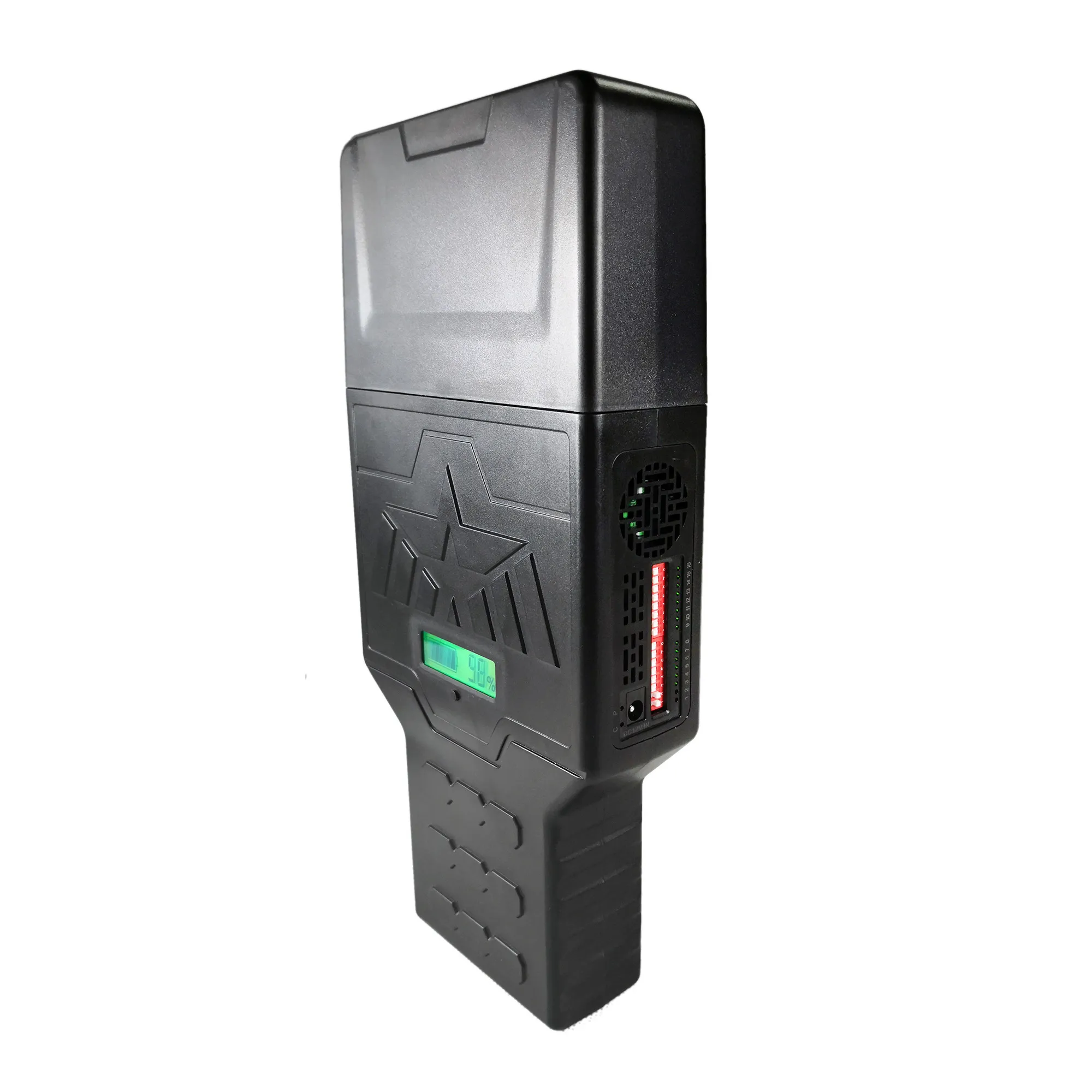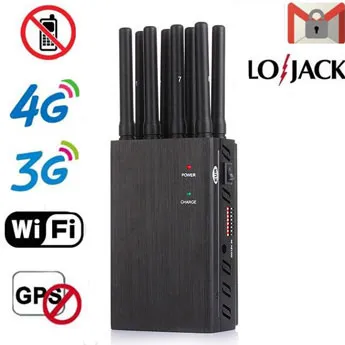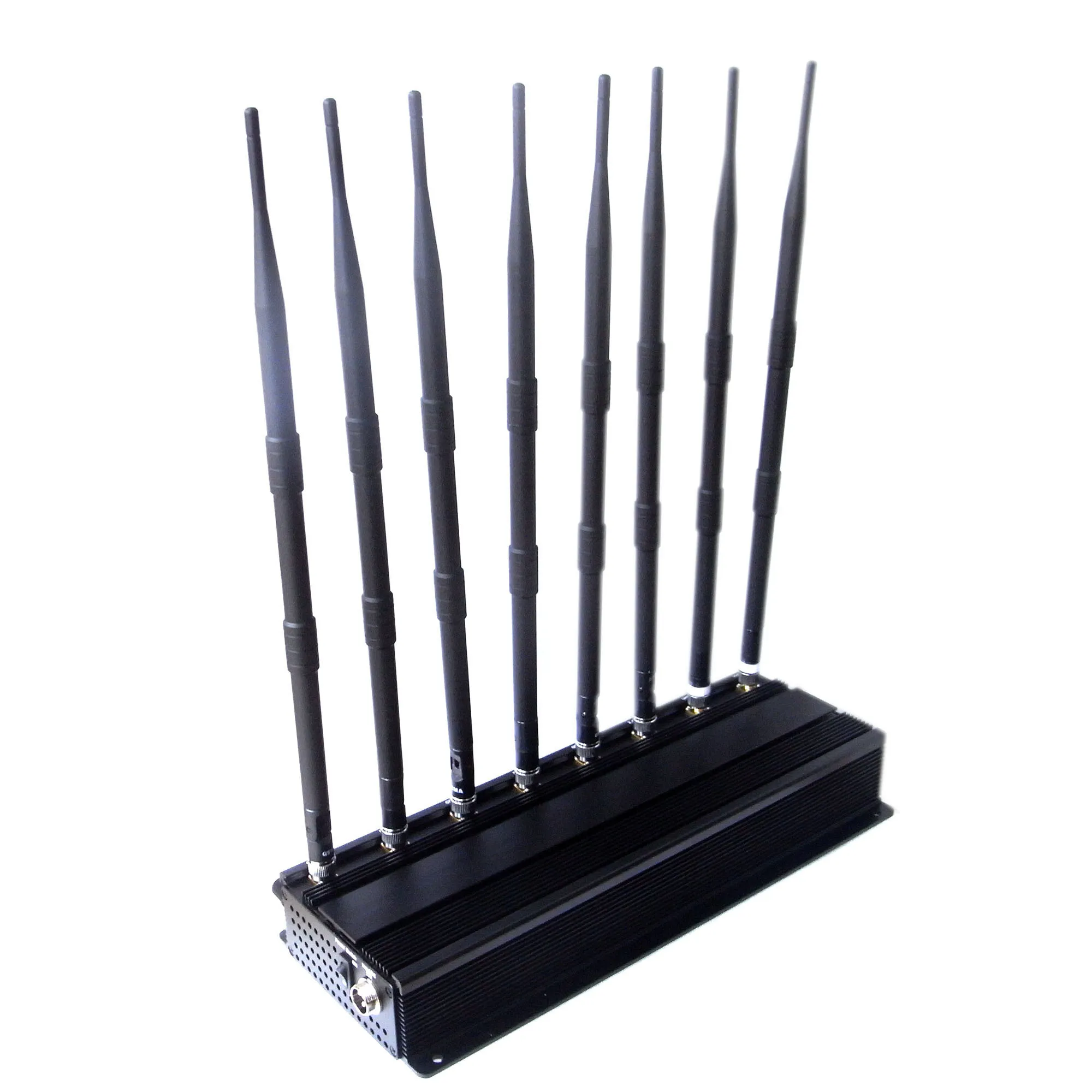Dead zone and poor battery reception. It can happen almost anywhere. Public schools are no exception. But why is the school's mobile phone reception bad? Could there be a specific reason? Some people suspect that one thing should be blamed: cell phone jammers. The mobile phone jammer is its sound. A device designed to prevent cell phone signal transmission or interrupt cell phone reception. Their working principle is to produce interference in the frequency range used by the mobile phone, thereby disrupting the communication between the mobile phone user and the cell tower. But why do people think that cell phone jammers are more common than any other government agency and used in public schools? Or even a private company? Perhaps it was because a cell phone jammer was found in school to block cell phone signals.
As early as 2015, a school district in Pasco County, Florida, issued a policy ordering its students to keep their phones and mobile devices off during class. When this policy change had little effect on the school’s student behavior, a teacher decided to take action. Dean Liptak, a science teacher, was tired of watching people in the classroom's fascination with smartphones instead of his lessons, so he used a cell phone jammer to eliminate this problem. According to a report in the Tampa Bay Times, Liptak activated the signal jammer within three days from March 31 to April 2. At first, the teacher's strategy seemed to work. That is, until Verizon complains about someone from Fivay High School causing chaos on its network. After determining that Liptak was the cause of its network problems, Verizon suggested that the cell phone signal outside the school was disturbed due to interference from his cell phone. Liptak insists that he only intends to solve the problem of distracting students, not to cause trouble to the school.
Liptak believes that if his intentions are not malicious, he can allow the use of cell phone jammers. The school district thinks it is not. In a letter from supervisor Kurt Browning, Liptak was informed of the five-day suspension and pointed out to the teacher: "Not only is your behavior likely to violate federal law, but it also poses a serious risk to critical safety communications and prevents others. Dial 9-1-1.” Although there are many websites that actively sell “cell jammers” or “signal blockers” to disrupt cellular communications and create impromptu “quiet areas” in cars, schools, theaters, restaurants, and other places , But the use of these devices is indeed a violation of federal law.
In fact, not only is it illegal for consumers to use cell phone jammers in the United States, but it is actually illegal for retailers to initially sell them to consumers for use. Visiting the official website of the Federal Communications Commission (FCC), its policy is very clear: "We remind and warn consumers to use intentional jammers to interfere with or interfere with mobile phones, police radars, GPS and Wi-Fi and other mobile phone jammers authorized to radio communications Or similar devices violated federal laws.” Except for incidents, such as the rogue Florida science teacher taking matters into his own hands, it seems that there is no big conspiracy by the school that uses cell jammers to prevent students from calling or texting in class. . If anything, maintaining cellular communications is actually the best interest of school officials for safety and responsibility reasons.
Therefore, if interference is not the cause of most of the causes of poor cell phone reception in classrooms, then why is the school cell phone receiving poorly? What can be done to signal at school? When it comes to weak cell signals, students and teachers are not alone. This year, most of the country’s 273.8 million mobile phone users will experience poor phone connections at some point. However, schools may be more susceptible to poor or unreliable cell signals than other buildings. According to a report by the Green School Center, as of December 2017, 2,000 K-12 schools have passed LEED certification. This is an important milestone, especially for the use of on-site renewable energy and the use of low-emission materials to save tax dollars and increase efficiency. Shortcomings? Energy-saving windows, foam-infused thermal insulation materials and metal structures found in many LEED-certified school buildings are also very effective in blocking incoming cell signals. For schools built in new communities or rural areas, the distance from the nearest cell phone tower (not to mention natural and man-made obstacles) may also affect the signal in the building.
Like WilsonPro provides, commercial-grade cellular signal amplifiers or boosters provide an ideal solution for enhancing signal reception and wireless communications in school buildings. Unlike expensive and time-consuming active DAS solutions, the WilsonPro system does not require the creation of base stations or small base stations for your school. It also does not require the approval of the FCC and major mobile operators. Instead, WilsonPro uses its innovative patented technology to enhance existing external signals throughout the building or campus. WilsonPro technology has passed FCC certification and is compatible with all major US carriers and mobile networks, including AT&T, Sprint, Verizon, T-Mobile, etc. This means that students, teachers, staff and visitors can all enjoy the benefits of enhanced school signal. From preliminary site surveys and expert design assistance to our fast, cost-effective installation services and nationwide installation network, WilsonPro is an ideal commercial-level solution provider that can help schools or districts overcome their community signal challenges from start to finish.











